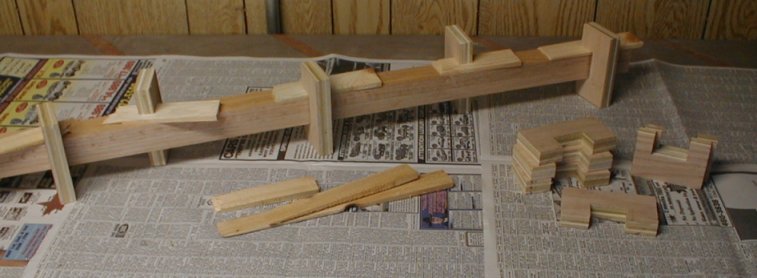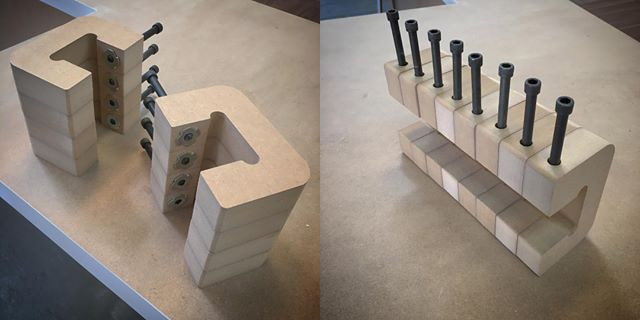Michelle_K
Established Member
Ok so I am half way through building my first ukulele with very little woodworking experience or knowledge prior to starting.
It was going ok until I got to bending the sides. The side thickness should have been between 1.8 and 2mm. I thought I had thicknessed them to the correct size and began bending. Half way through I realised that one side was bending easier then the other. I checked the thickness again and it was 3mm! In an attempt to save the side I tried to unbend it which has made it worse as now they are all warped so I don't think I can salvage it or get it straight enough to plane and then rebend.
So I was hoping someone may have some walnut scraps that I could buy to use as new sides. The rough dimensions I need are 50cm long, 8cm wide and anything above 2mm thick. I know it's a long shot I have phoned around some luthier suppliers but none have any sides along I'd have to buy a while set which I don't need.
Thanks everyone
It was going ok until I got to bending the sides. The side thickness should have been between 1.8 and 2mm. I thought I had thicknessed them to the correct size and began bending. Half way through I realised that one side was bending easier then the other. I checked the thickness again and it was 3mm! In an attempt to save the side I tried to unbend it which has made it worse as now they are all warped so I don't think I can salvage it or get it straight enough to plane and then rebend.
So I was hoping someone may have some walnut scraps that I could buy to use as new sides. The rough dimensions I need are 50cm long, 8cm wide and anything above 2mm thick. I know it's a long shot I have phoned around some luthier suppliers but none have any sides along I'd have to buy a while set which I don't need.
Thanks everyone











































